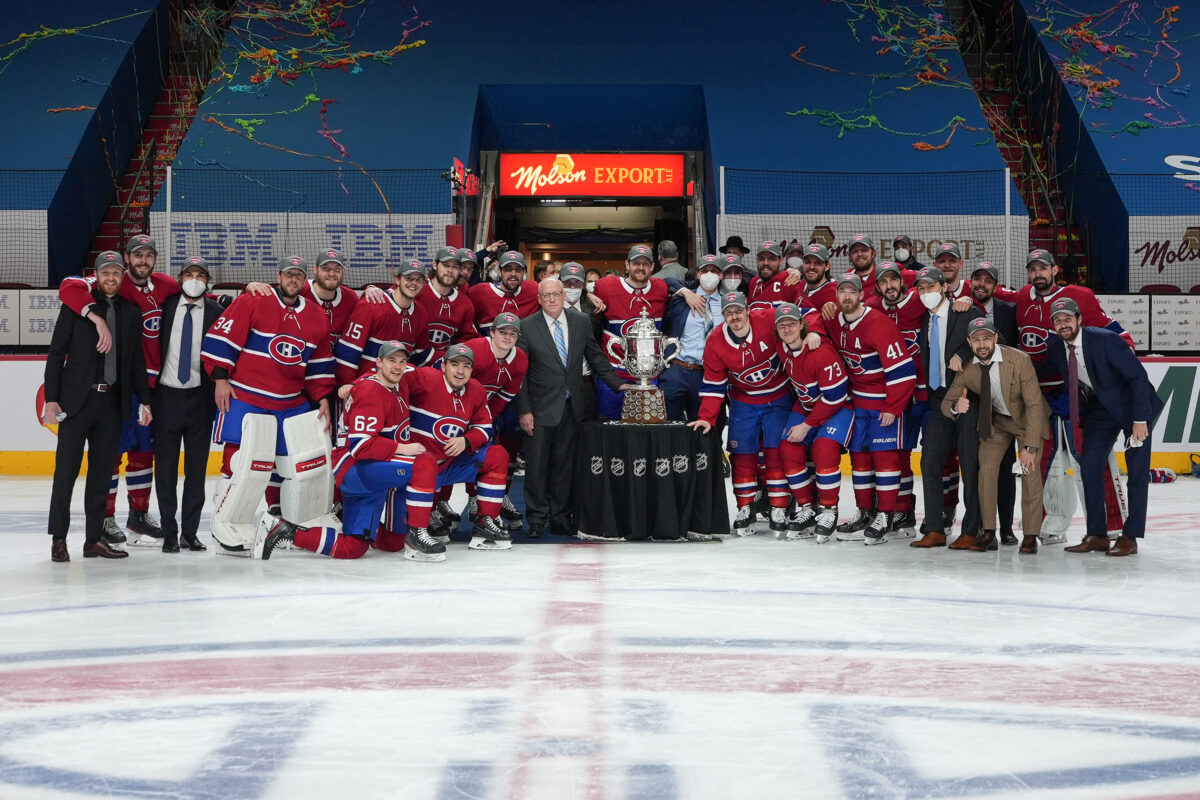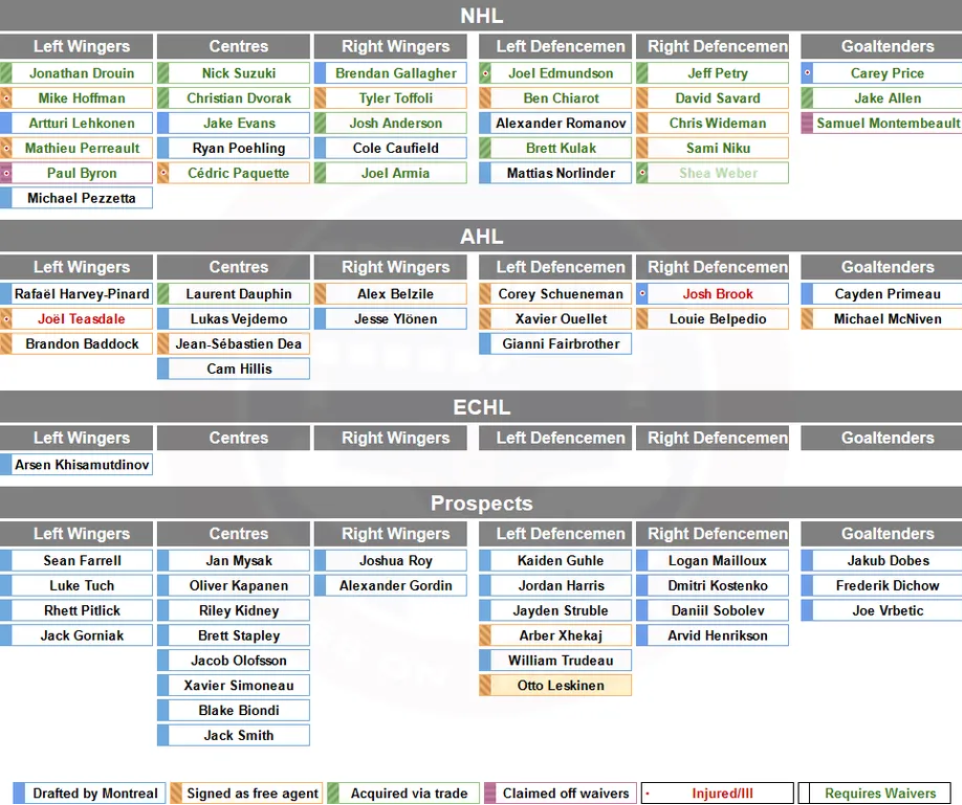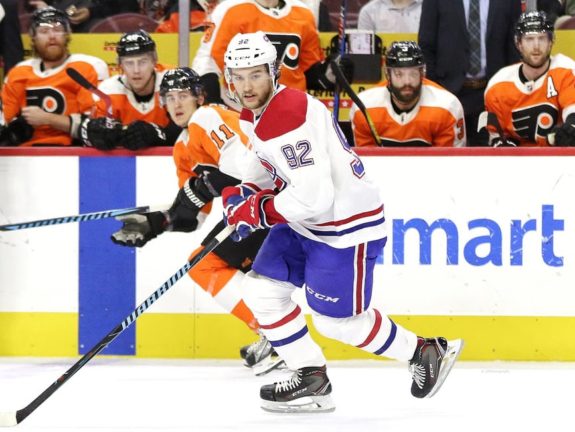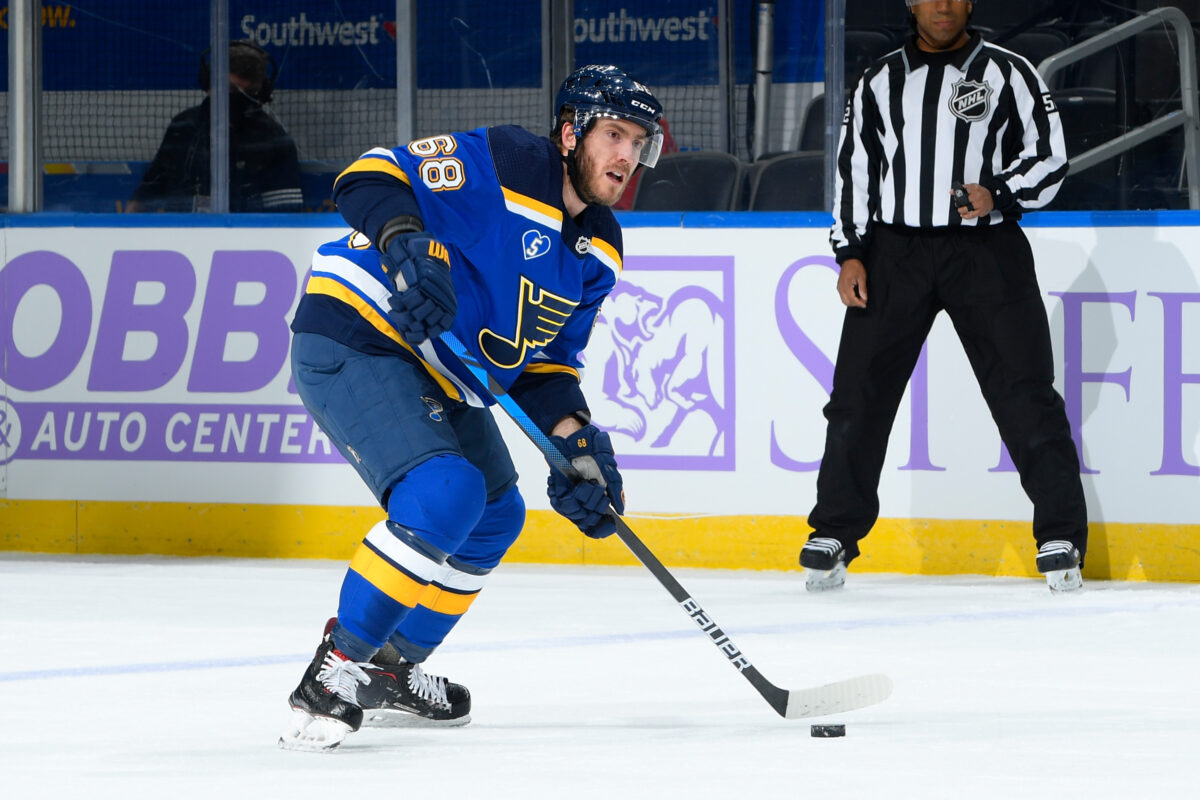For the past few decades, the Montreal Canadiens have been spinning their tires in the mud. No matter how hard they step on the accelerator, they can never seem to shake the mediocrity label. Fans know the deal — squeak into the playoffs and see what happens. It’s an endless merry-go-round, a Ferris wheel that keeps on spinning. There is a certain appeal to playing the underdog role in the playoffs. You’re the “Miracle On Ice” with no expectations. The club that probably won’t win, so “why not cheer for them?” The David-versus-Goliath dynamic is what makes NHL playoff hockey so exciting — anything can happen. But that doesn’t mean that it will.

The Chicago Blackhawks didn’t win three Stanley Cups in five years by being the underdog. The Tampa Bay Lightning didn’t win back-to-back championships by hoping for the best. Neither did the Pittsburgh Penguins, Washington Capitals, Detroit Red Wings — the list goes on. These teams were built to contend with elite and sustainable rosters. The Canadiens have struggled to crack that code, and while being that postseason dark horse can be fun, it has lost its allure in Montreal.
The Canadiens are nowhere close to being among the league’s elite right now, so where do they go from here? Let’s look at the club’s depth chart and determine what needs to be done at each position to make it a contender. This is the left-wing edition.
Canadiens’ Left Wing
This is the position Montreal arguably needs the most work on. While the team has depth at left wing (LW), they have no standouts.

Jonathan Drouin and Mike Hoffman are the team’s offensive threats, while Artturi Lehkonen is the reliable two-way winger who plays more of a shutdown role. Mathieu Perrault, Paul Byron, and Michael Pezzetta add LW depth but are expendable.
Jonathan Drouin
When the Canadiens traded Mikhail Sergachev for Drouin, they hoped to get a dynamic playmaker and consistent offensive producer. They have seen flashes of that from No. 92, but it has not been enough to justify him being a top-line winger.
The 26-year-old has struggled to generate chances in the offensive zone, ranking sixth in expected goals for (xGF) among Montreal forwards in the last three seasons. And while his offensive numbers are not awful, Drouin also struggles in his own end, giving up 2.5 expected goals against (xGA) per 60 minutes at even strength since 2019 — among current Canadiens players, only Christian Dvorak was worse defensively over the last three seasons. Drouin does have 10 points in 15 games this season, which is a respectable pace given how bad the team has been, but his offensive production does not make up for his ineptitude at the other end of the ice.

Drouin’s inability to bolster the power play along with his underwhelming finishing (shooting) stats make him expendable. At this point in his career, there is no more development. He is what he is, and it is too difficult to find a long-term place for him on the team. Drouin’s contract is set to expire in 2023, and while his $5.5 million cap hit is not ideal, it could be tradable with only two seasons remaining on it.
Solution: Trade Drouin for picks/prospects and find upgrades through draft or free agency.
Other option: Let Drouin walk in free agency and find top-six LW upgrade soon after that.
Mike Hoffman
Hoffman was signed to a three-year, $13.5 million contract ($4.5 million cap hit) in the offseason. The 32-year-old is a polarizing player — among the best in the league at what he does well (power play) and the worst in the areas he struggles (even-strength). This has been a trend for quite some time and has become increasingly glaring as Hoffman enters the latter half of his career.

In the last three seasons, Hoffman is far and away Montreal’s best player at finishing, shooting at a 12.05% success rate, with Brendan Gallagher a distant 2nd at 10.26%. When he gets an opportunity, he buries it, and for this reason, he is a lethal threat on the power play. But it might surprise you to learn Hoffman is statistically the worst Montreal forward at creating and preventing scoring chances at even-strength since 2019. While No. 68 is great at taking advantage of his opportunities, he does not create them at a high rate, nor does he prevent them at the other end of the ice at even strength.
Hoffman provides value, but he needs a very specific environment to thrive in. If the Canadiens want to keep the Ontario native in their plans, they will need to acquire a sound two-way left winger who can eat up tough minutes at even-strength. Drouin is not the answer, and while Lehkonen is reliable, he can’t take on top-line minutes. There is hope prospect Sean Farrell will develop into a top-six role over the coming seasons, and the timing might work out perfectly with Hoffman’s contract expiring in 2024.
Solution: Trade Hoffman to a contender and find an upgrade through draft or free agency.
Other option: Keep Hoffman and have Sean Farrell (or other prospects) replace him in 2024.
Artturi Lehkonen
Lehkonen is set to become a restricted free agent in the 2022 offseason. The 26-year-old was drafted and developed by Montreal and has been a staple in the Habs’ bottom-six forward group for the last six seasons.
There is no reason not to re-sign Lehkonen. He is in the prime of his career and has proven reliable at both ends of the rink. Statistically speaking, he has been Montreal’s best defensive forward over the last three seasons, with 2.02 xGA per 60 minutes at even-strength. While the Finnish native struggles to capitalize on his scoring chances at times, unlike Drouin, he makes up for it in the defensive zone. Per HockeyViz, he also eats up 5-on-5 minutes against the opposition’s best players.
Related: Canadiens’ Lehkonen Proving He Should Be Part of the Plan
Historically, defensive forwards tend to get the short end of the stick on the NHL market. They are extremely underrated. The Canadiens are unlikely to get a fair return for No. 62 in a trade, and as long as his contract comes at a reasonable price, there is no reason not to keep Lehkonen as a solid shutdown winger on the third line.
Solution: Re-sign Lehkonen in the offseason and keep him for the foreseeable future as third-line LW.
Other option: Trade Lehkonen for picks/prospects if return makes sense.
Canadiens’ Future Outlook At LW
Montreal’s outlook on the left wing is bleak, but management needs to start somewhere. On the bright side, the Canadiens have their third-line left wing in Lehkonen, who plays his role as a shutdown forward very well. Byron, Perreault, and Pezzetta may be replaceable on the open market, but they do provide the energy needed on a fouth line. And while Hoffman and Drouin’s contracts are not great, they are not untradeable.

There is also hope for Habs prospect Farrell, who is lighting it up for Harvard University in the NCAA this season with 12 points in eight games. And while the prospect depth at left wing falls off significantly after Farrell — Luke Tuch, Rhett Pitlick, Rafael Harvey-Pinard, and Jack Gorniak all having less than a 25% chance of becoming an NHLer — there is still reason to be positive about Montreal’s future at the position.
In a season where it has been challenging to find any positives, fans will not regain their optimism looking at the Canadiens’ left wing. Upgrades need to be made, particularly at the top of Montreal’s left-wing depth chart, but Marc Bergevin and company at least have some building blocks to build towards a better future.